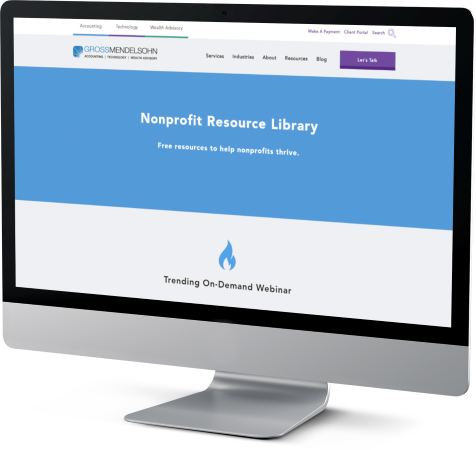Being the chair of a nonprofit board of directors comes with a laundry list of responsibilities. Not only are you responsible with overseeing the board as a whole, you’ve also got committees to keep track of, board members to keep focused and energized, a management team to work with – not to mention your full-time job and personal life.
The question is, what really takes a board chair from just okay to above and beyond? The truth is, the best nonprofit board chairs know the essential tasks they must routinely accomplish to remain a key asset to their organization. These tasks include:
1. Ensuring Board Members Show Up (and Participate) In Meetings
Participation is important. Really important. A big part of your role as board chair is making sure that your board members are actively participating on a regular basis.
If you’re having trouble getting members to meetings, remind your board that when they agreed to be a board member, they agreed to play a vital part of your organization’s decision making process. Further, it’s going to be tough for them to make decisions if they don’t have a clear idea of what’s going on in the organization at the most basic level.
As the board chair, you are responsible with ensuring your board members are present at meetings or, if anything, at least have the information needed to make informed decisions. If there is a member who is not participating, it’s your responsibility to make sure that member’s participation level increases or the person is removed from the board entirely.
2. Being Knowledgeable About the Organization
As board chair, you are 100% accountable for being knowledgeable about your nonprofit, its mission, operations and fundraising initiatives. You should be able to talk with donors, your colleagues and the community about the organization just as easily as you would if you were talking about your own company.
Get five essential action steps for building a better nonprofit board in this free on-demand webinar.
3. Evaluating Current Board Composition
In order to ensure your organization has a strong and effective board, as board chair you must lead and work collectively with the rest of the board to evaluate the composition of the board on a regular basis. You might ask questions like:
- Do we have enough members?
- Is our board structure effective?
- Do we have the right skill sets represented?
If the answer to any of these questions is no, you must work together as a board to correct these deficiencies. A good board chair must always be looking at the bigger picture, and if the board as a whole keeps hitting speed bumps, you will not be able to function effectively.
4. Keeping the Rest of the Board Energized and Accountable
Board rotation can be an important part of making sure your board stays energized and accountable. It is your responsibility to ensure that any board rotation policies are enforced or put into place. As a part of this, it is also typically the responsibility of the board and board chair to help recruit new board members and participate in the process of interviewing and selecting new board candidates.
When it comes to accountability, one sure way for a board to make little progress and de-energize is to select or accept poor board leadership. This means you must be on your A-game by meeting all your responsibilities and maintaining good relations with your organization’s management team. After all, the success of your board is dependent on your effectiveness as a leader.
It is also your responsibility as a board chair to make sure other board officers are doing their job effectively.
5. Assessing the Organization’s Executive Director
While the executive director may give many performance reviews to staff members, it is likely that the board’s review is the only means the executive director has to get feedback on their performance. A good board chair must be able to provide opinions and advice to help hone the effectiveness of the organization’s executive director. A formal review of your nonprofit’s executive director is also an important way of ensuring the board and management team are on the same page.
6. Making Hard Decisions
When it comes to making tough calls, more often than not, the board is asked to weigh in. You must be able to work together with your board to make decisions with weighty or even public consequences for your organization. The best board chairs lead and contribute to votes and discussions, even when the results may be unfavorable
7. Leading With Authenticity and Tact
Your board should be representative of the goals and mission that your organization embodies. For example, if your nonprofit is focused on increasing diversity in the workforce, your board composition should reflect that mission. Good board chairs are conscious of big picture goals and must be diligent that the leadership of the board is authentic to the organization.
When it comes to tact, remember that how you act collectively as a board and individually as a board chair will impact public and internal perception of your organization. Like the rest of the board, you must willingly accept the responsibilities that are included in board membership and realize your actions and words, even outside of your organization, could have an impact on your nonprofit.
Chairing a Board Is a Lot of Responsibility
Being an effective and respected board chair requires a lot of time and energy. To be a good nonprofit board chair, you must be accountable for your duties and be willing and able to put in the time to honor the responsibilities required. For more information on board responsibilities and how to keep your board accountable, watch this free on-demand webinar.
Need Help?
Contact our Nonprofit Group online or call 800.899.4623.


